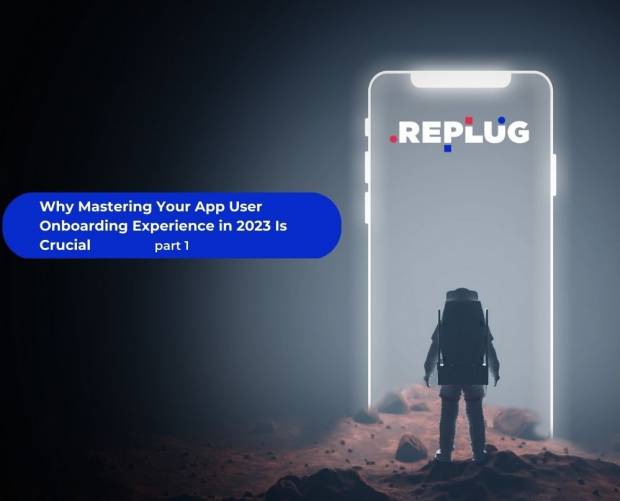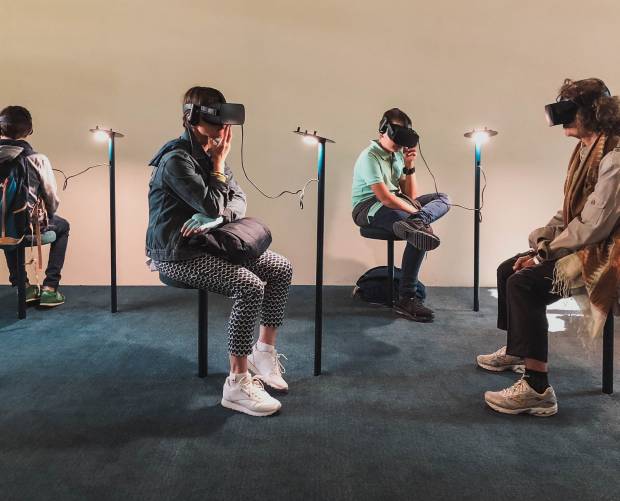[caption id="attachment_43986" align="alignleft" width="300"] Motor homunculus, complete with smartphone[/caption]
Motor homunculus, complete with smartphone[/caption]
I remember the first time I caught one of my daughters second-screening; posting on Facebook when she should have been concentrating on the X Factor. It was a proud moment, and I regret not taking a photograph to record it. My wife takes a different, dimmer view. If she catches the kids second screening, they are told in no uncertain terms to watch TV or play on their phone, normally as she looks up from her iPad to see what’s happening on the TV…
Well now, finally, my kids will be pleased to hear, there’s a convincing, academic argument that says that second, third, fourth-screening is not only acceptable, it’s human instinct, part of how we naturally behave.
It came from Dr. Simon Hampton, a lecturer in psychology at the University of East Anglia, speaking at the IAB’s entertaining Mobile Engage event today. "Multiscreening is a natural state for humans to be in,” he told delegates, adding that reading, where the brain is focused on a single activity, is a very unnatural activity for humans, and one which takes around 3,000 hours of training.
It wasn’t the only revelation from his presentation. He argued also that our posture determines our emotional state. To underline this point he introduced me (I’m sure everyone else in the room was already aware of it) to the concept of the motor homunculus. This is the idea that larger parts of the brain control larger parts of the body such as the hand and mouth, which require a lot of motor or motion signals.
So if the human body were to be built in proportion to its motor significance because of the brain power needed to “motor” them, the hands and mouth would be proportionally bigger, as shown in the image accompanying this piece. (And you thought that was my latest profile shot.)
Given the way touch-screen smartphones and tablets work, and indeed are driven, there are obvious implications for brands looking to engage with consumers on mobile. Indeed, Dr. Hampton argued: “Some devices are genuinely sensual; with the hand movements and haptic feedback, you can generate emotional states, albeit subtle ones” he said.
A satisfying swipe
Seasoned tablet users will know how satisfying the process of swiping is. Dr. Hampton’s comments made me wonder whether the widespread preference for the swipe as a navigation tool on tablets is down to more than a me-too, follow-the crowd approach, and whether motor homunculus is, in fact, part of the vocabulary of any UX designer worth his or her salt.
The results of a search on the term “motor homunculus ux design” would suggest not, though the fifth natural result took me to a piece on gamedeveloper.com entitled ‘Harnessing the power of motion control in video games’ written by Mike Rose, which included a line: “…if you look at a sensory homunculus or a motor homunculus you can clearly see how much 'bandwidth' the brain has dedicated to controlling hands & sensing hand and finger position.” So clearly someone is thinking about it.
I’ve been trying to think of examples of apps for phones, as opposed to tablets, where swipe is the primary navigation tool. Only two spring to mind, Moves, the activity tracker; and nFluence, the app that lets you say whether you like or don’t like a given brand by swiping up or down. Doubtless there are others, and if Dr. Hampton’s theory is right, there are no doubt many more to come.
For now though, I need to get home to my kids and give them the good news that their addiction to second-screening just means they’re normal human beings.
.png)



